Swiss fighter pilot: ‘It’s fascinating that man can build and control such machines’
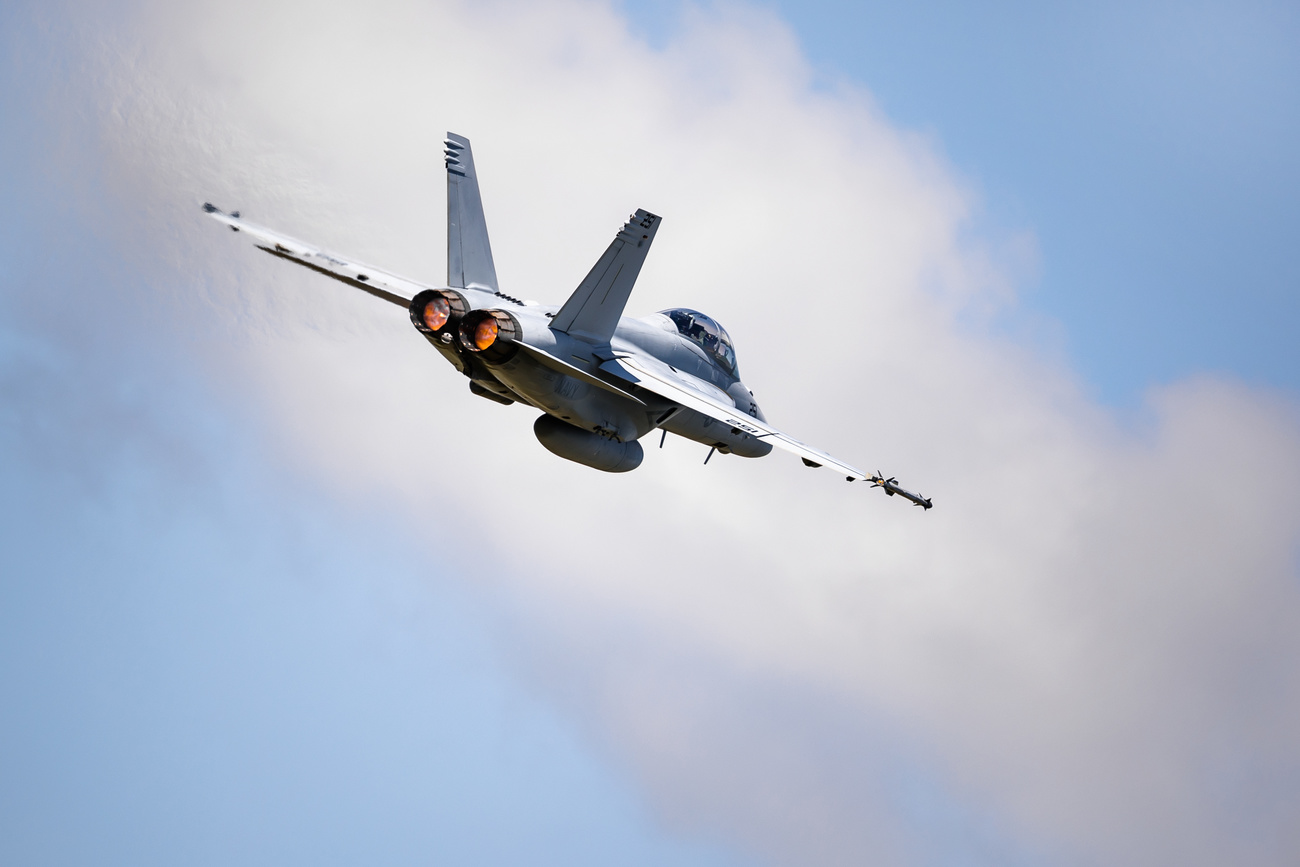
Another debate about new fighter jets is underway, with a national vote on a CHF6 billion purchase to take place on September 27. Captain Maurice “Moe” Mattle of the Swiss air force tells us about his job.
When we meet at the military air base in Emmen, in the central Swiss canton of Lucerne, Maurice Mattle warns straight away that he won’t be making any political statements.
As a professional military pilot, that was to be expected. Six years after the debacle of the rejected Gripen purchases in 2014, the subject is still a sensitive one.
But one can imagine what what Captain Mattle, 31, thinks about the procurement of new fighters, the subject of a referendum on September 27.
swissinfo.ch: Can you describe your daily routine?
Maurice Mattle: We need to differentiate between training days and air police shifts. The air police defends national air space. If I’m on duty, I’m on call in an office above the hangar, and I have to be ready to be in the air in an F/A-18 within 15 minutes.
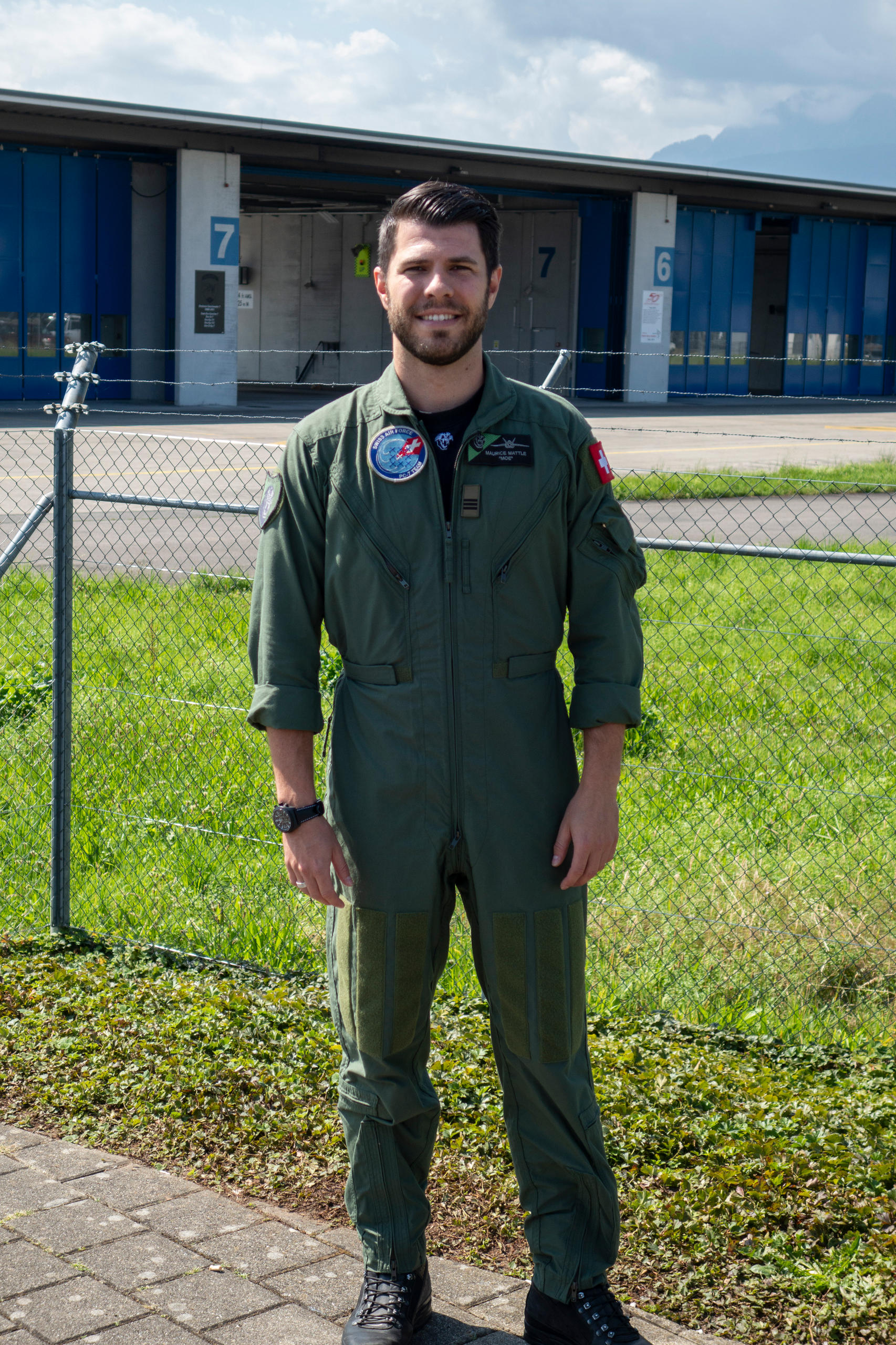
There are also special assignments like the World Economic Forum. But the rest of the time is spent training, when I fly once or twice a day for about an hour. Flight briefings before and after take longer, depending on the complexity of the exercise. Apart from that, I train on a simulator and take care of administrative tasks, do physical training and so on.
Then if there’s nothing else on the agenda, I study the plane. The F/A-18 is such a complex machine that I need to constantly refresh my knowledge by reading manuals and so on.
swissinfo.ch: That sounds a bit dry.
M.M.: Quite the opposite! Technology sparked my interesting in flying in the first place, and it still fascinates me that man can build and control such machines. My background played a part – there were a lot of aviation fans in my family. And yes, “Top Gun” had something to do with it too (laughs).
swissinfo.ch: How did you end up joining the Swiss air force?
M.M.: I did initial tests at SPHAIR, the training platform for the air force and for all Swiss aviation. It’s there that you are guided through the whole selection process. At the same time, you also have to reach military commission as an officer. Then comes the last selection round and from there you go to pilot school. I started the process at 16 and only flew an F/A-18 for the first time ten years later. You need a lot of stamina, but in the end you’re rewarded with a fascinating job.
When the Swiss vote on the procurement of new fighter jets for the air force on September 27, another acquisition deal is also implicitly at stake – upgrading or extending the ground-based air defence system. But because the government separated the two purchases, this is not the subject of the referendum.
Surface-to-air missiles with a longer range are to be bought for CHF2 billion ($2.2 billion) via regular arms procurement channels. According to the defence ministry, an American and a French manufacturer are under evaluation. The acquisition is running parallel to the aircraft procurement and the government will make the final decision on which type to purchase.
“Basically our current equipment is old and must be replaced,” Maurice Mattle says. “There is no robust network at the moment. That must change in future.” The goal, according to Mattle, is that air defence from the ground and in the air work together in one network.
swissinfo.ch: Why did you want to be a military pilot?
M.M.: The technology was a priority for me. There is no comparison with civil aviation: I sit alone in the cockpit and have to solve tactical problems in other planes and on the ground together with my team members – rather than just transporting people as quickly as possible from A to B.
If I hadn’t got into the air force, civil aviation would have been an alternative. Every military pilot also trains for a civil licence at the Swiss flying school, Lufthansa Aviation Training. This is partly because the Swiss air force is too small to be able to offer all the necessary training, but also because it requires pilots to have licences recognised in civil aviation.
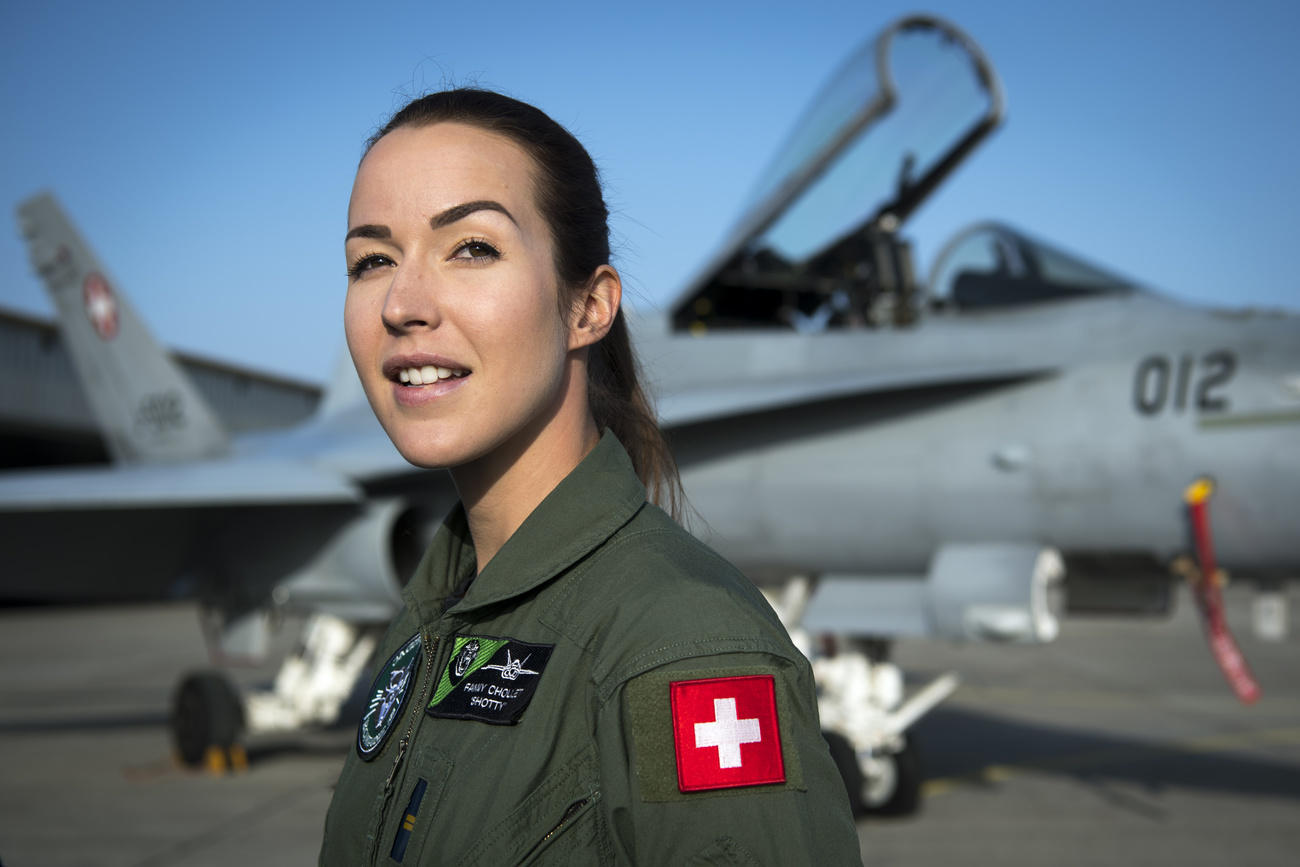
More
The sky’s the limit: Swiss aviation pioneers
swissinfo.ch: Why?
M.M.: To make the job more attractive – we have too few pilots across the board in the Swiss aviation scene. This ensures that they can work in either civilian or military aviation.
I should also point out it’s a relatively small air force, so every pilot also has additional duties. Depending on your interests and skills, you also become a specialist on electronic warfare or some other area of expertise. But it depends on your age – as a young pilot, you mainly fly, in order to gain experience.
A pilot fighting duels or striking ground-based targets – this is still the most common image that comes to mind when we think of aerial warfare.
As drone technology has advanced in the past years, however, much has changed, and unmanned aerial vehicles are used more and more in conflict situations.
Elon Musk reckonsExternal link “the age of fighter jets is over”, and even the former Swiss defence minister Ueli Maurer said in 2014External link that some of the F/A-18s would one day be replaced by drones or ground-based defence systems.
swissinfo.ch: Is air combat between drones and planes likely in the near future?
M.M.: Technology is making big leaps, but I don’t think that’s likely in the next decades. Drones can currently be used for reconnaissance and ground combat – on condition that you control the air space. For the foreseeable future, drones won’t be used in air policing and air defence.
swissinfo.ch: Can the Swiss air force remove drones from its air space?
M.M.: In principle yes. It depends on their size and the situation. The common small drones are the responsibility of the Swiss police. Big drones can be tackled with planes or with ground-based air defence systems.
As far as air policing and identification is concerned, it’s my understanding that in our country it will always be a pilot who evaluates it from close up; a pilot can analyse the situation much more quickly and decide next steps. The air force also has its own, unarmed reconnaissance drones stationed here in Emmen.
swissinfo.ch: The new jets would also come to Emmen. Do you have any personal preference as to the models?
M.M.: To be completely honest – no. I haven’t yet flown them yet. Of course they are all modern machines that suit the purposes for which we need them. Then there is the cost-benefit issue, and when it comes to deciding on which type, political questions play a role.
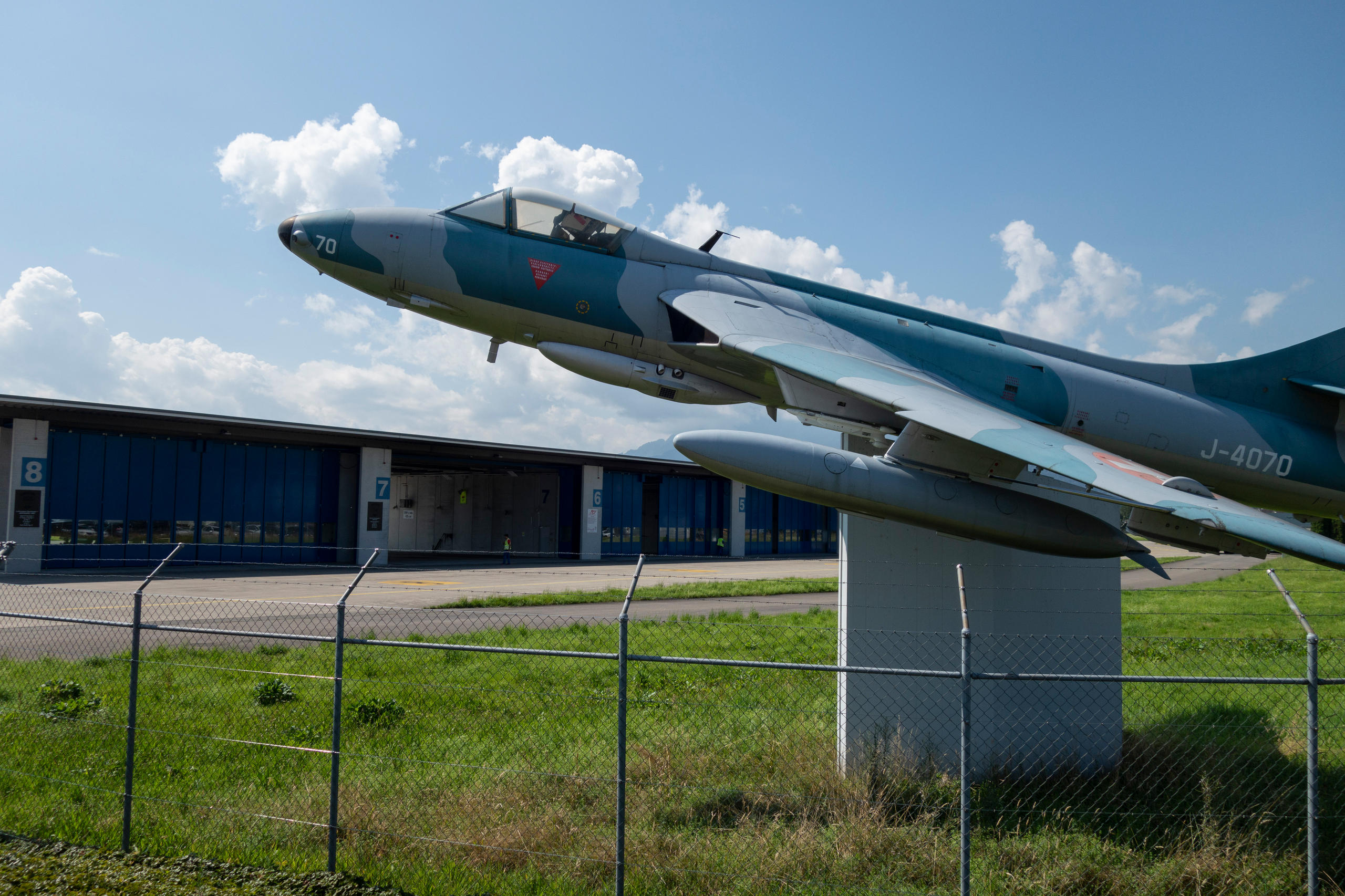
For technical and safety reasons, aircraft have limited flight hours and life expectancies. For example, F/A-18 jets have to be taken out of operation after 5,000 hours.
Because the decision to reject the Gripen fighters in 2014 led to delays, the Swiss F/A-18s underwent a CHF450 million overhaul to tide the air force over until a new procurement process could be completed.
Should the Swiss voters bless the purchase on September 27, the new aircraft would be delivered from 2025 and a transition period of about five years is foreseen.
swissinfo.ch: Will you still be a pilot in the air force by then?
M.M.: From your early 40s there are limits – you can no longer be assigned to active frontline squadrons. Beyond that, depending on areas of competence, you can continue flying as a staff pilot, for example as a flying instructor – your experience grows with every hour you fly and of course we want to retain this expertise. But pilots with specific knowledge are also required in the leadership, so it’s important that we apply our knowledge in other specialist areas.
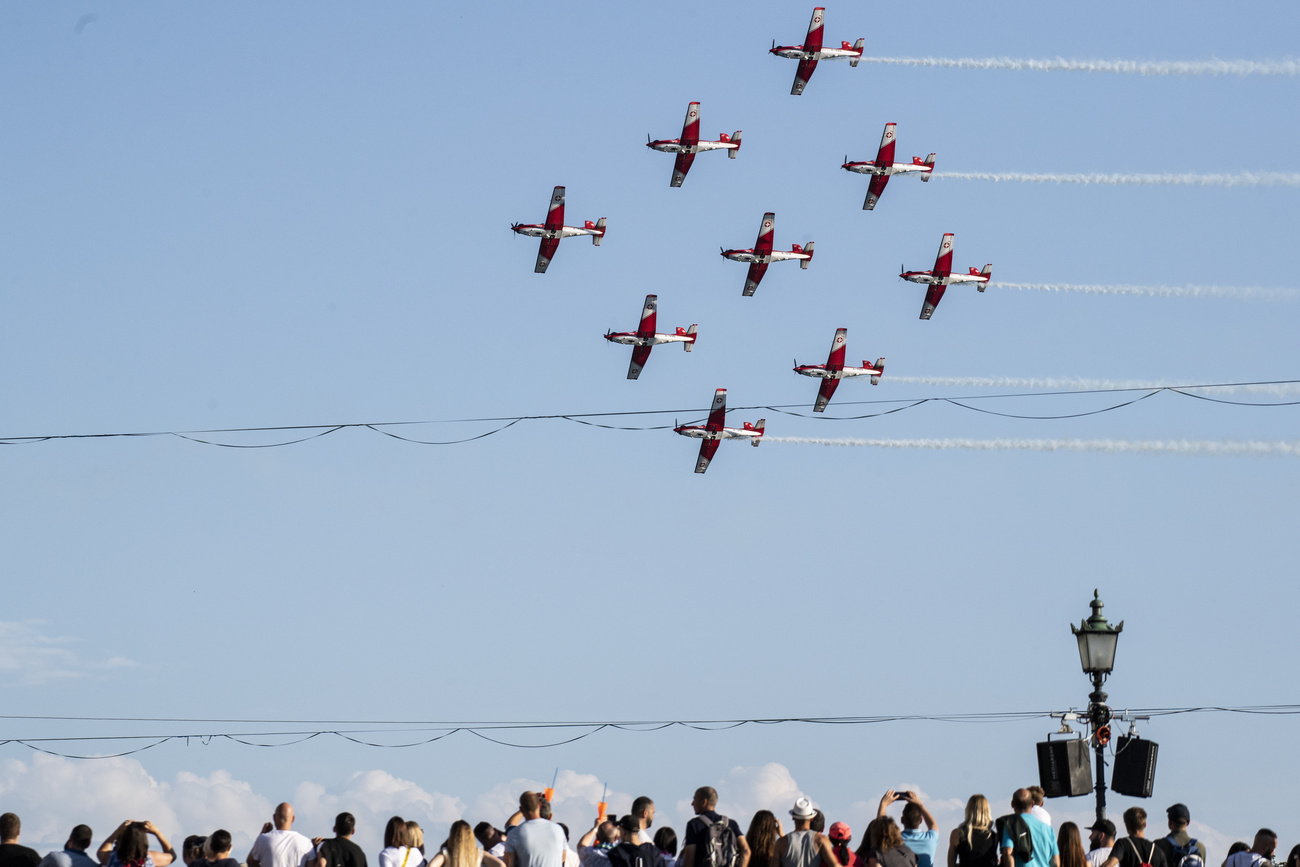
swissinfo.ch: You are also a member of the PC-7 aerobatics display team. Why?
M.M.: I find it exciting, it’s another type of flying. In the [fighter] jet I have a clear task to fulfil. In the aerobatics squadron it’s about teamwork that requires a lot of precision, as well as trust. We have a strong team spirit and we also spend a lot of time together privately.
swissinfo.ch: What’s your role in the team?
M.M.: As the ‘Quattro’ flying in the middle, I have to hold position as precisely as possible – the others define their positions in relation to mine. Formation flying with nine aircraft at a distance of three to four metres requires a lot of concentration, it’s very demanding.
With the less technologically sophisticated PC-7, I also learn a lot about navigation and orientation in unknown territory. And discipline is very important in formation flying: every error is immediately visible to the public. Lastly, it’s another way to approach similar challenges that I face when handling an F/A-18.
Translated from German by Catherine Hickley

In compliance with the JTI standards
More: SWI swissinfo.ch certified by the Journalism Trust Initiative
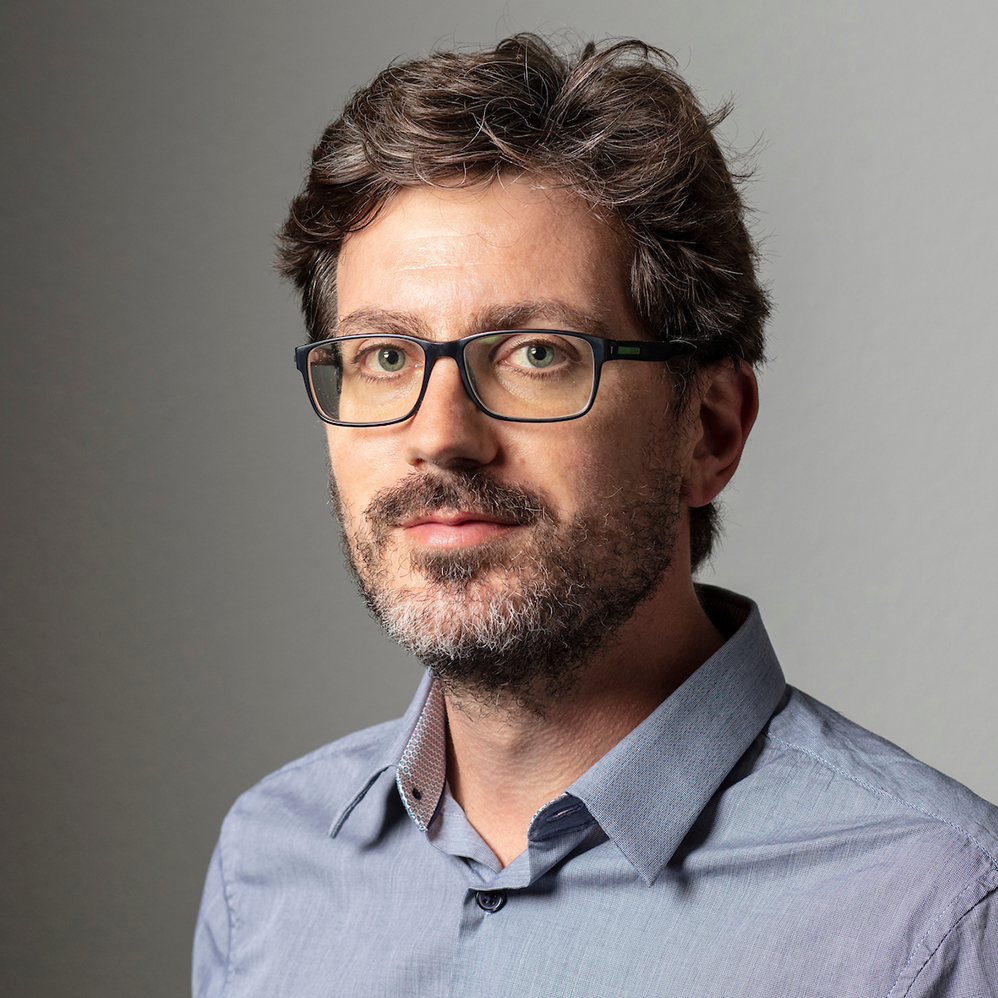
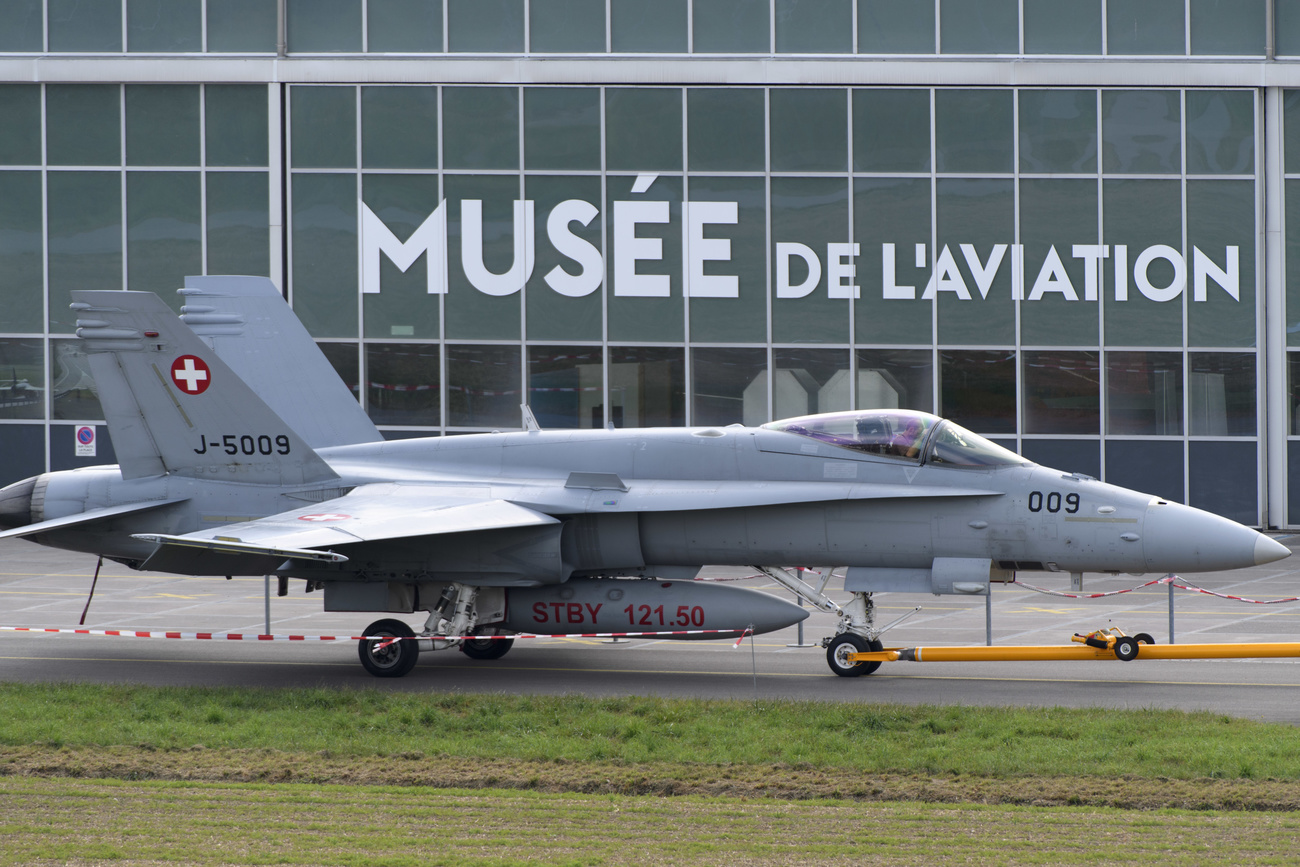
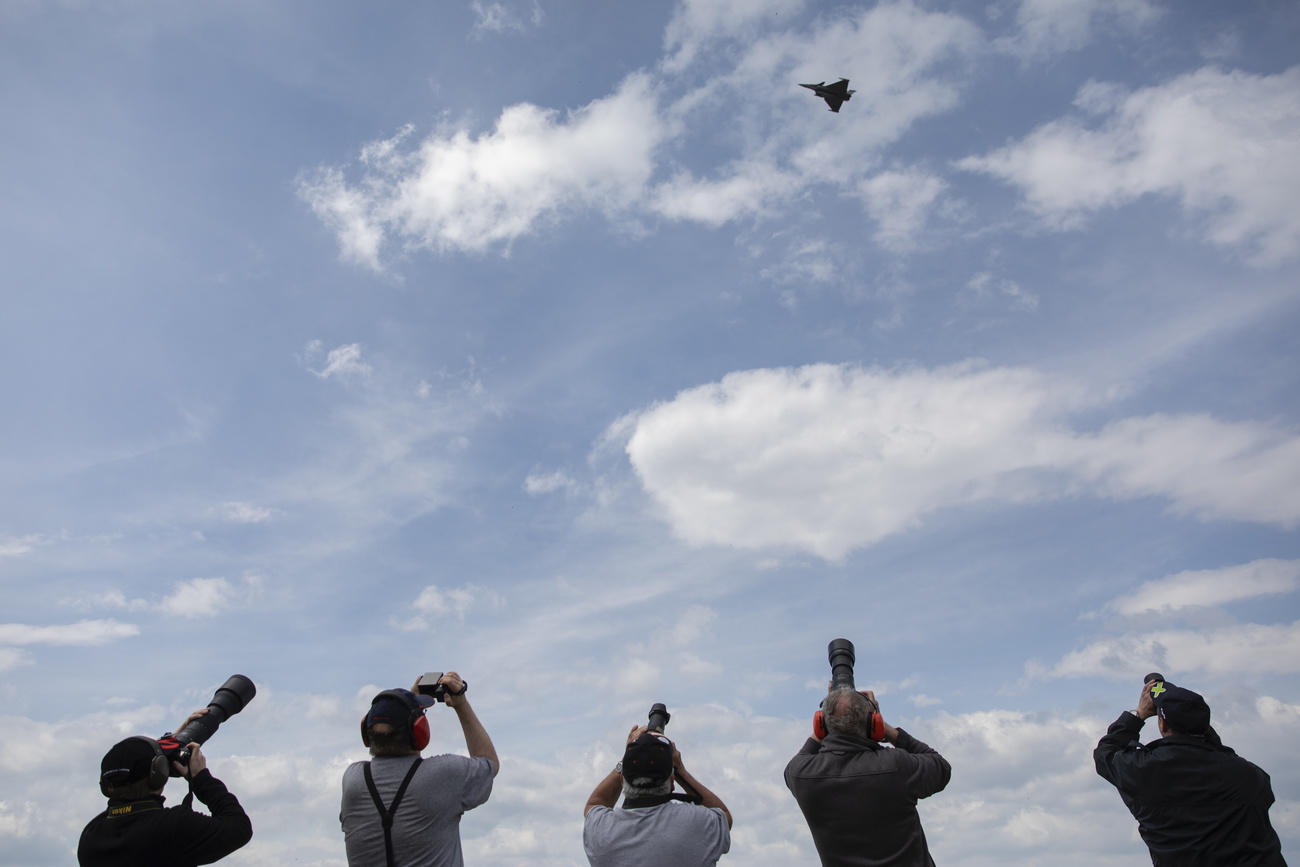
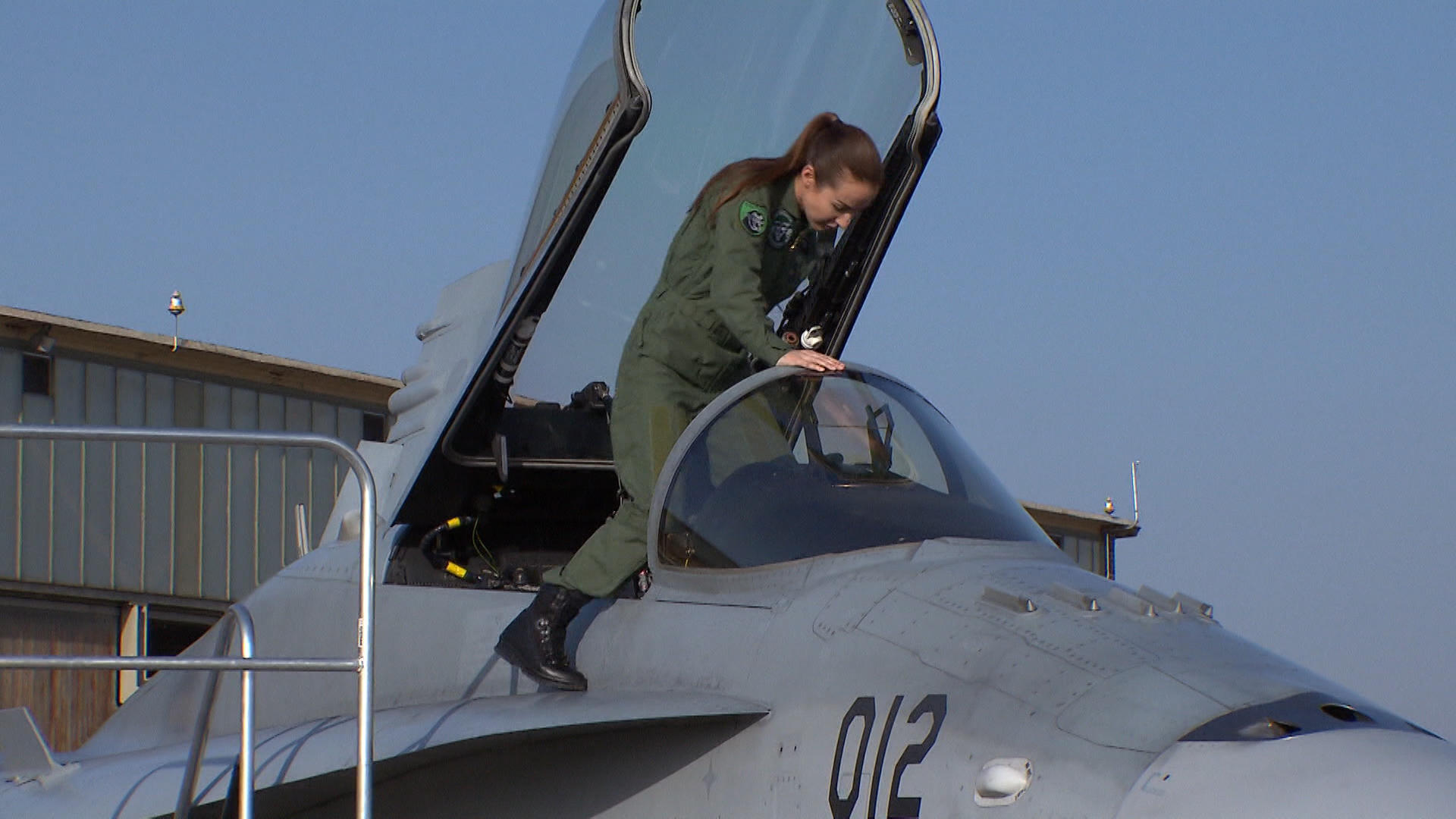
Join the conversation!